This information is one part of a series focused on how to amend soil. Please see our resource center where we offer additional instructional videos and articles, as well as our bookstore.
What is Pumice?
Pumice is a great soil amendment to use in your garden for moisture regulation and aeration. It is a mined, igneous, volcanic rock product. It is created from volcanic eruptions, making the magma frothy. If it cools rapidly, the bubbles will become trapped in the resulting rock.
Unlike other volcanic rock products for the garden, like vermiculite and perlite, it is ready to use straight out of the earth, no industrial treatments required!
It should not be confused with pomace, which is the leftover solids from crushing fruits such as grapes, olives, and apples. You probably use it every day without realizing it–it is found in cosmetics, kitty litter, water filters, and pencil erasers. It is the "pumice stone" or "pumice and pumicite" rock used to create stone washed jeans. Why not use it as a soil amendment in your organic garden too?
Advantages to Adding Pumice to Your Garden
- Pumice contains very few trace minerals, and does not break down. Instead of adding nutrients, pumice improves soil structure.
- Loosens heavy soil. It also keeps the soil from compacting, even when laden with water, thereby improving aeration.
- Improve drainage in any kind of soil, and prevents soil from becoming waterlogged even in heavy rains or excessive irrigation.
- Fine grained and retains excess moisture within its porous structure. It acts like a sponge, holding water until the plants need it. Then it releases that water steadily into the soil. Its unique structure can reduce your garden’s watering needs by up to 35%.
- Pumice is also useful as an attractive, long lasting, and beneficial mulch.
- An addition to your compost pile to mitigate odors and regulate moisture, and mixed in your worm bin’s bedding.
How to Use Pumice in the Soil
- Adding as little as 10% pumice to any garden soil mix is enough to see the benefits.
- For succulents, use this for up to half of your potting soil media.
- You can use it straight out of the bag, or you can saturate it with nutrients and beneficial microbes first, a process called activating or supercharging. To activate your pumice, simply soak it in a nutrient solution such as compost tea for at least 24 hours before mixing it into your garden soil.
Comparison to Other Soil Amendments
Perlite, vermiculite, biochar, rice hulls, and coco coir all are used for similar purposes as pumice, and they each have their advantages and disadvantages compared to pumice.
- Pumice is slightly heavier than perlite, so it won’t float to the surface of your soil over time.
- It is just as good as perlite for water-sensitive plants like succulents and cacti.
- Does not retain as much water as vermiculite.
- It also doesn’t decompose like coir and rice hulls do.
You can find more information on soil drainage here in our resource center.

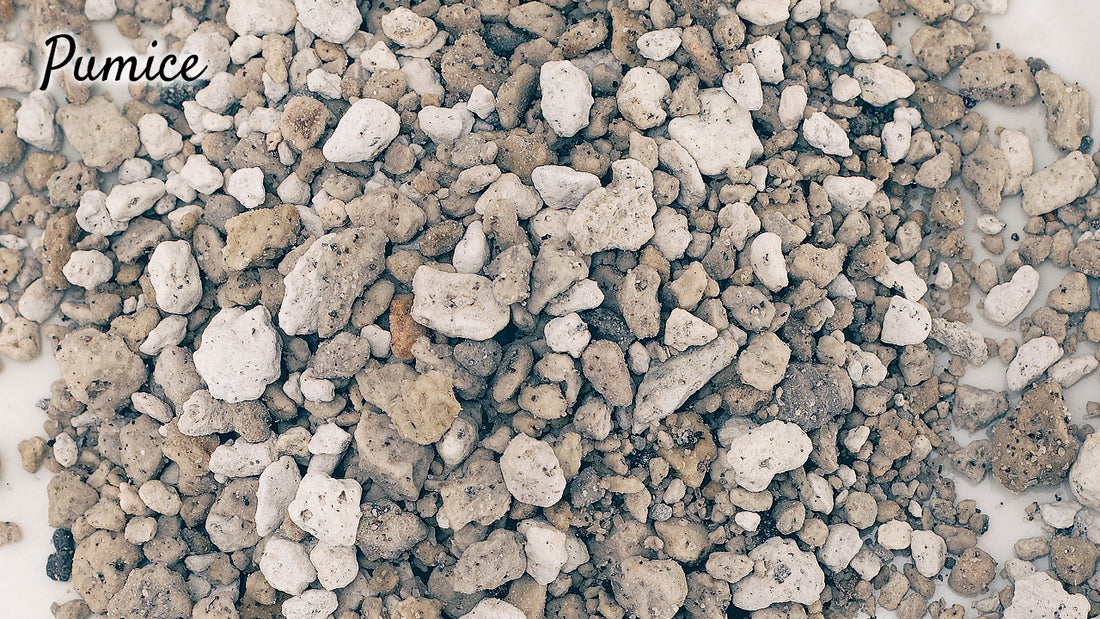
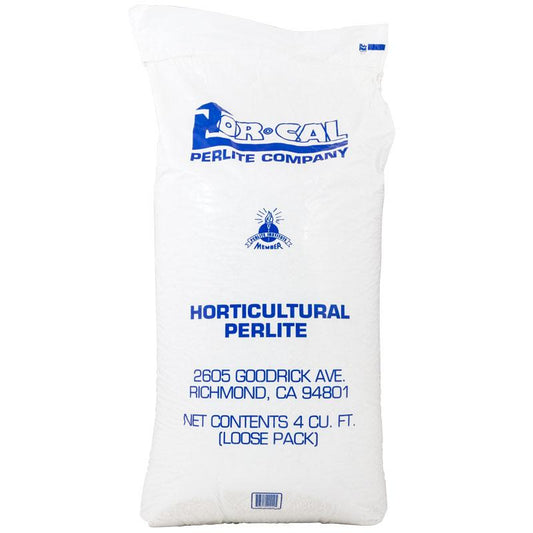
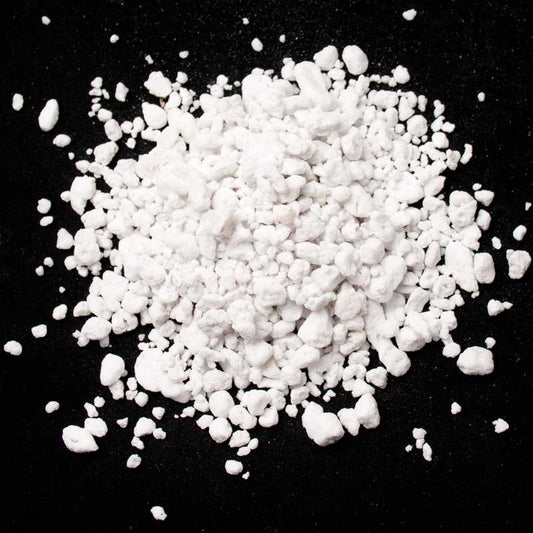
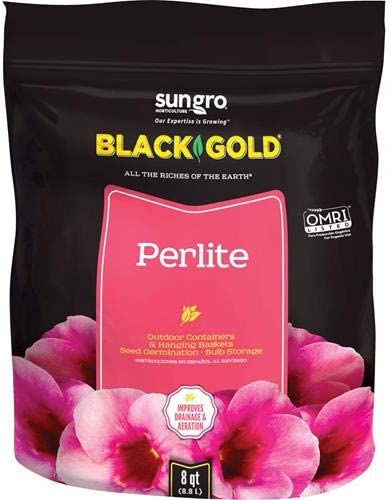
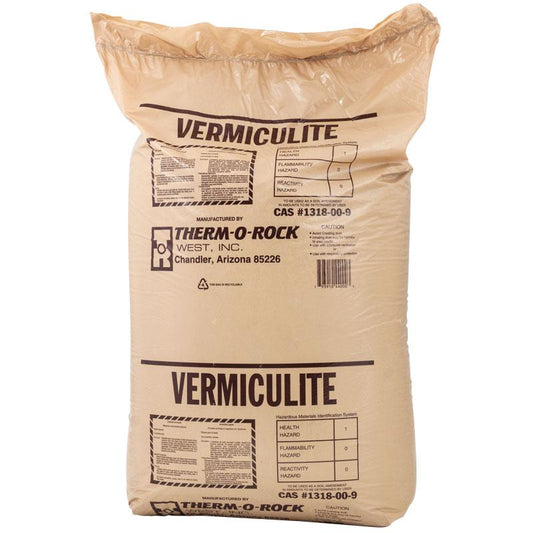
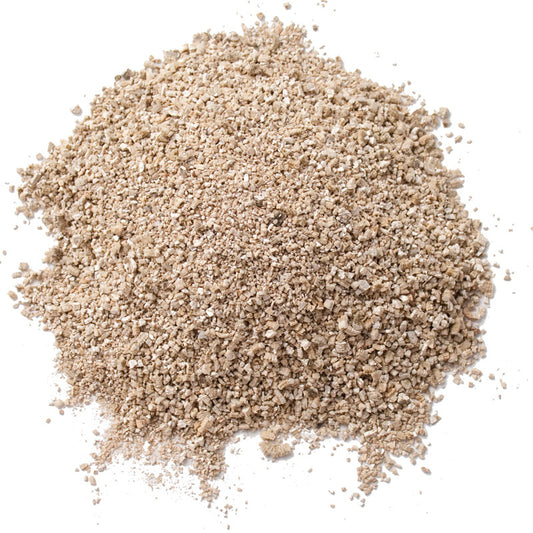
3 comments
Ron, pumice holds onto water and releases it to the soil when needed. It should not promote mold growth. If your conditions are constantly wet then mold might grow wether or not pumice is present.
Hello, if pumice stone is consistently wet or damp in a dirt/moss medium, would that promote mold growth? I’m thinking of adding it to a Gecko habitat. Thank you
hi
I am based in nairobi kenya and have started using a mix of pumice with compost and cocopeat all is looking great so far and definitely going to supercharge the pumice before the next mix as I make my own worm tea